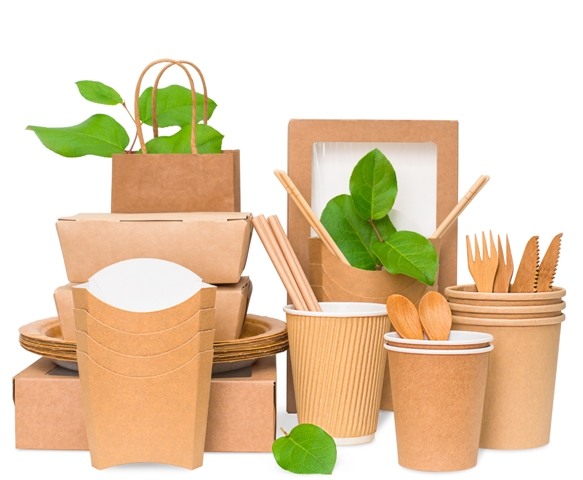
In an era where environmental awareness is more important than ever, industries across the globe are looking for sustainable alternatives to reduce their ecological footprint. One area experiencing a major transformation is the food industry, particularly with the rise of Biodegradable Food Packaging. As both consumers and businesses strive for eco-friendly choices, biodegradable packaging has emerged as a smart, responsible solution that benefits the planet without sacrificing functionality.
What Is Biodegradable Food Packaging?
Biodegradable food packaging refers to materials that naturally break down into non-toxic components, such as water, carbon dioxide, and biomass, when exposed to environmental elements like moisture, air, and microbes. Unlike conventional plastic, which can take hundreds of years to decompose, biodegradable packaging materials degrade much faster—often within months.
Common materials used in biodegradable packaging include:
- Plant-based plastics (PLA) made from corn starch or sugarcane
- Paper and cardboard with compostable linings
- Bagasse, a byproduct of sugarcane pulp
- Palm leaves, bamboo, or wood for trays and cutlery
- Biopolymers derived from algae, cellulose, or other renewable sources
Benefits of Biodegradable Food Packaging
1. Environmental Impact
Traditional plastic packaging contributes significantly to land and ocean pollution. Biodegradable alternatives help combat this issue by reducing the volume of non-degradable waste in landfills and oceans. They also typically require less energy and fossil fuels to produce.
2. Compostable Options
Many biodegradable packaging products are compostable, meaning they break down into nutrient-rich soil under the right conditions. This not only reduces waste but can also benefit agriculture by improving soil health.
3. Consumer Appeal
Today’s consumers are more environmentally conscious than ever. Businesses that switch to sustainable packaging can improve their brand image, attract eco-conscious customers, and even gain a competitive edge in the marketplace.
4. Support for Circular Economy
Biodegradable packaging supports the principles of a circular economy, where resources are reused, regenerated, and reintegrated into the environment, creating a more sustainable production and consumption model.
Challenges and Considerations
While biodegradable food packaging has many advantages, it’s important to understand its limitations:
- Composting Requirements: Not all biodegradable materials decompose in a home compost bin—some require industrial composting facilities.
- Durability: Biodegradable options may not always match the moisture and heat resistance of conventional plastics, especially for hot or greasy foods.
- Cost: Eco-friendly materials can be more expensive, though growing demand and technological advancements are helping to narrow the price gap.
Despite these challenges, the shift toward biodegradable packaging is a necessary and promising step toward environmental responsibility.
Conclusion
Biodegradable food packaging offers a sustainable alternative to traditional plastic, helping to reduce pollution, support a circular economy, and meet consumer demand for greener products. As technology and awareness continue to evolve, we can expect even more innovative, affordable, and efficient eco-friendly packaging solutions in the near future.
For food businesses, making the switch to biodegradable packaging isn’t just good for the environment—it’s good for business. By choosing sustainable materials, you’re not only protecting the planet but also positioning your brand as a forward-thinking leader in a greener future.